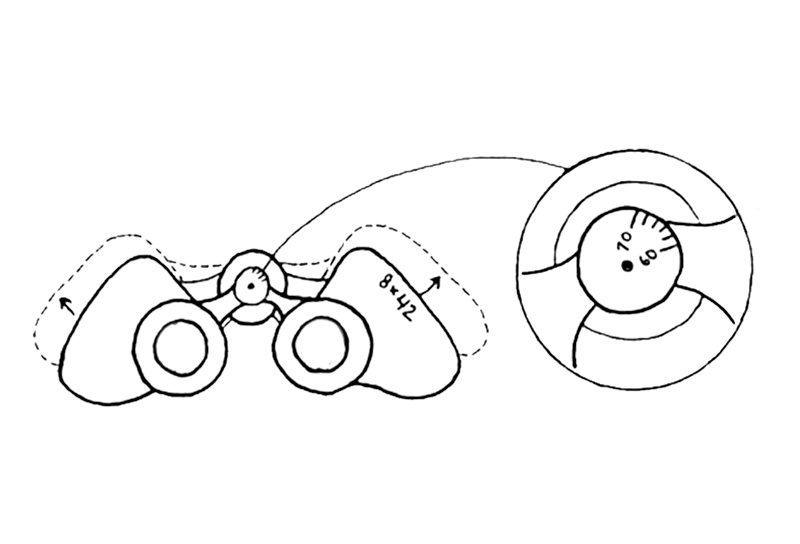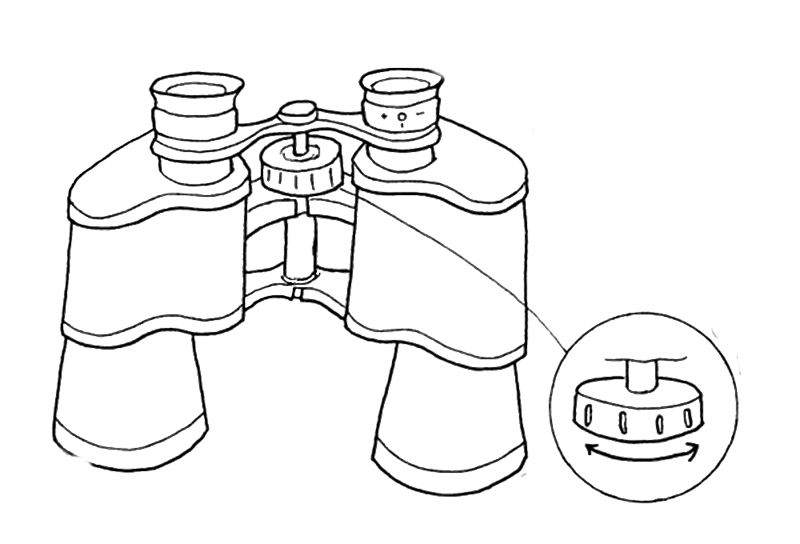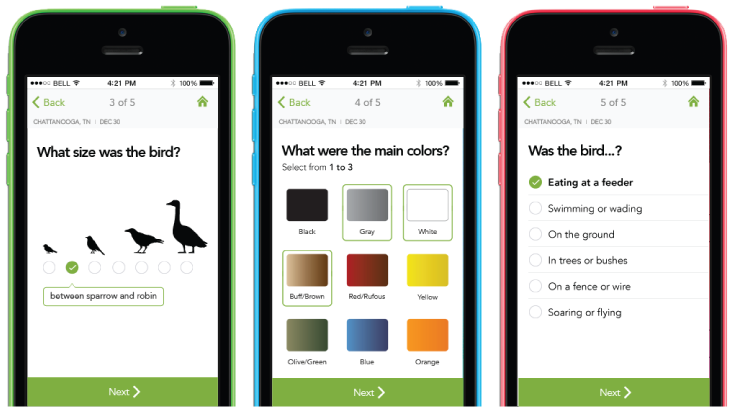Bird watching for dummies
Do you love birds, but just don’t know how to take the leap to become a birder?
With its biodiversity, Hacienda Venecia is the perfect place to get your hands on birding! Here are a few steps to get you into the field.
First we will explain the basics of binoculars and then recommend some useful and easy tips for successful birding.
Calling all bird lovers to Hacienda Venecia!
We are located in a prime location for birding. To make the most of this, we have developed a self-guided birding tour at no cost, just ask for a copy of the material. If you are a birding enthusiast, you should not miss out on exploring the landscape and enjoying some of the 242 species that can be found at our hacienda.
If you wish to do the bird watching with a specialized guide we also offer this option.
HOW TO USE BINOCULARS

HINGE POST ANGLE
Begin by adjusting the distance between the binoculars to get the correct width for your eyes. If they are too far apart or too close together, you will see black edges in your field of view. As soon as you find the right spacing, your view will be a perfect circle.

LEFT EYE FOCUS
Look at an object through the left eyepiece with your left eye. Turn the focus ring until you see a sharp image.

RIGHT EYE FOCUS
Look at the same object through the right eyepiece with your right eye. Turn the diopter adjustment ring (usually located on the right eyepiece) until you see a sharp image.

FOCUS WITH THE FOCUS RING
Focus on an object by turning the focus ring. If you have adjusted the diopter, turn the focus ring to focus each time the object viewed changes.
WANT TO KNOW MORE?

suggested apps
To start your birding adventure, Hacienda Venecia recommends two apps that you can easily download ‘Merlin Bird ID’ and ‘eBird’. They are easy to use and will introduce you to birdwatching ataves.
MERLIN BIRD ID APP
(CORNELL LAB OF ORNITHOLOGY)
Answer five simple questions about the bird you are trying to identify or upload an image.
Merlin Bird ID will present a list of possible matches.

EBIRD
(CORNELL LAB OF ORNITHOLOGY)
eBird data documents bird distribution, species numbers, habitat use, and trends through checklist data compiled within a simple scientific framework. Birders enter when, where, and how they went birding, and then complete a list of all the birds they have seen and heard while birding. eBird’s free mobile app allows offline data collection anywhere in the world, and the website offers many ways to explore and summarize your data and other observations from the global eBird community.








